How to check the drain pump on a washing machine
 Checking the pump on a modern automatic washing machine does not seem so difficult, but not everyone does it correctly. As a result, the “would-be-masters” replace a working drain pump, waste time and money, and in the end it turns out that the cause of the breakdown was completely different. If you check the pump correctly, you will avoid a lot of problems, and you will be able to find and fix an unpleasant breakdown yourself.
Checking the pump on a modern automatic washing machine does not seem so difficult, but not everyone does it correctly. As a result, the “would-be-masters” replace a working drain pump, waste time and money, and in the end it turns out that the cause of the breakdown was completely different. If you check the pump correctly, you will avoid a lot of problems, and you will be able to find and fix an unpleasant breakdown yourself.
What will you need?
What should motivate you to check your pump? Nothing more than indirect signs of breakdown that you can observe in the behavior of the washing machine. What are these signs?
- An error code that appears thanks to the self-diagnosis system of a modern washing machine
 automatic machines If deciphering the error code led you to a problem with the pump, then we check the drain pump first.
automatic machines If deciphering the error code led you to a problem with the pump, then we check the drain pump first. - Before the command to drain water from the tank is issued, the machine stops and hangs with a full tank of water.
- The washing machine drain pump does not make any sounds and shows no signs of operation at all.
If reasonable assumptions about a pump breakdown have crept into your head, it’s better not to put the matter on the back burner, but start selecting a tool that will help diagnose the breakdown. We won't need many tools, so don't worry about not finding them. Required:
- multimeter;
- Phillips and flat screwdrivers;
- pliers;
- awl.
Take a working electronic multimeter. If you don’t have such a device on your household, be sure to get one – it will come in handy.
Let's get to the details
In an automatic washing machine, you can see the drain pump even without disassembling the body.Moreover, this happens on most models. In order for the drain pump to be at hand, you need to: disconnect the washing machine from the network and communications, drain the water through the drain filter, remove the powder receiver cuvette, lay a cloth on the floor, and place the washing machine on its right side.
The fact is that many machines do not have a bottom, and the parts located below are in the public domain. On the one hand, this is not bad, because it is possible to reach both the pump and the engine from below. But on the other hand, the lower parts run the risk of being damaged when carrying the washing machine or as a result of exposure to large amounts of dust and dirt.

In this situation, as soon as you look through the bottom of the car into the body, the pump will be in front of your eyes. It is installed opposite the drain pump housing, which you periodically unscrew and clean from dirt. It is very difficult not to notice her.
Perhaps your model of automatic washing machine has a bottom in the form of a special lid. In this case, you also place the washing machine on its side, but at the same time take a Phillips screwdriver and unscrew the screws that hold the bottom. You pry up the cover with a flat-head screwdriver and pull it off, after which access to the bowels of the case opens.
If the washing machine is completely protected from leaks, then it has a special tray with a sensor that will have to be removed. To see the drain pump of such a machine, do the following:
- disconnect the washing machine from water, sewerage and electricity;
- drain the remaining water from the tank through the emergency drain hose or drain filter;
- we take the washing machine out into the middle of the room and lay a rag on the floor;
- remove the powder cuvette;
- place the washing machine on its right side;
- pry it up with a flat screwdriver and pull off the 4 pallet latches;
- slightly move the pallet to disconnect the wire coming from the sensor mounted on the pallet to the body;
The sensor attached to the tray is nothing more than a leakage sensor, which, if water gets into the tray, shuts off the water and stops the operation of the washing machine, helping to avoid flooding.
- We remove the tray to the side and gain access to the parts inside the case.
We explore electrical and mechanical parts
Once you find the washing machine pump, you should check it immediately. The main mistake of novice craftsmen is that they try to immediately check the pump with a multimeter, believing that its electrical part has burned out. In fact, the most common reason for your pump to stop working is dirt, hair, and other debris.
In general, the drainage system of a washing machine is designed in such a way that most of the garbage that accidentally gets into the tank along with things ultimately settles in the depths of the garbage filter. But even a small piece of debris touching the pump impeller can cause a lot of trouble. The same human hair, when wound around the impeller, can easily stop it. In this situation, there is no point in arguing, you need to act.
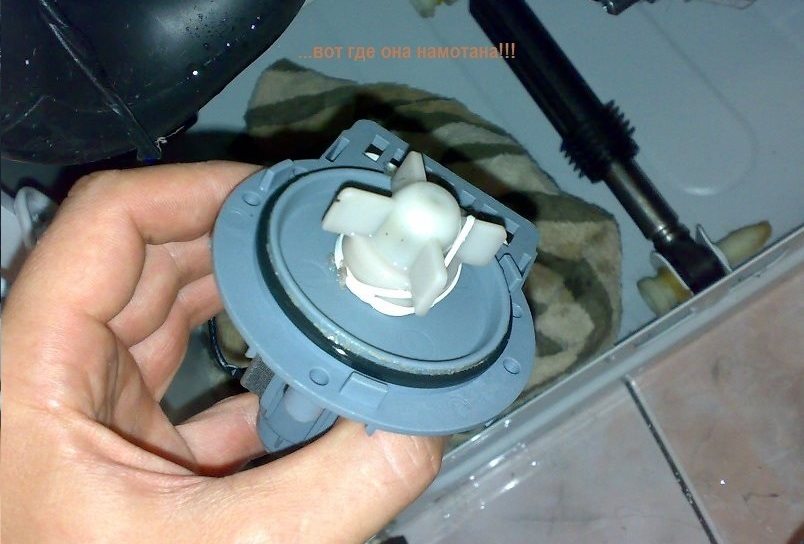
Washing machine pump repair, as well as checking it, we begin by dismantling the part. The pump is very easy to remove.
- We photograph the location of the wires.
- Remove all wires from the part.
- Using pliers, loosen the clamps holding the hose and pipe to the pump.
- We pull off the hose and pipe.
- We take the pump body with our hand and make a half turn counterclockwise, the pump will be removed.
Next, we will need to pry off special latches and disassemble the pump body, but even before that we can inspect the impeller. If hair is wrapped around it, it will be noticeable immediately. When checking the mechanical part of the pump, you need to inspect the integrity of the mechanism, rubber gaskets, and at the same time clean out all the dirt that has gotten there from the part.
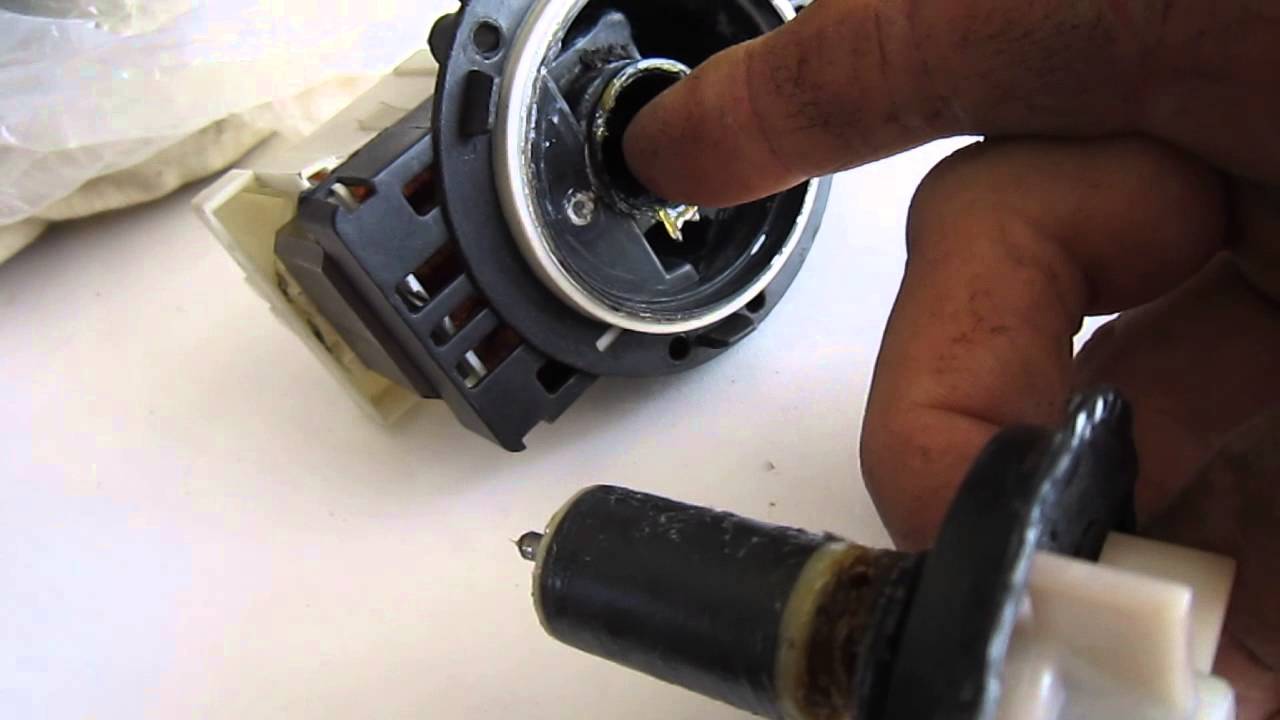
If you managed to check the pump mechanism of the washing machine, but you still didn’t find anything, you can move on to checking the electrics. We set up the multimeter to check the voltage, bring the probes of the device to the pump contacts. If the device display shows zero or one, most likely the pump motor is burnt out and the part needs to be replaced. You see a three-digit number on the display, which means you need to look for a breakdown further, but it’s most likely not the pump, perhaps a triac on the control board, it’s hard to say offhand.
To summarize, we note that checking the drain pump on an automatic washing machine does not look like a complicated procedure, especially if you first receive instructions from specialists. To get to the pump, the car almost does not need to be disassembled, and checking the part itself will take very little time. Good luck!
Interesting:
16 reader comments
Add a comment Cancel reply
Categories
Washing machine repair


For buyers

For users

Dishwasher


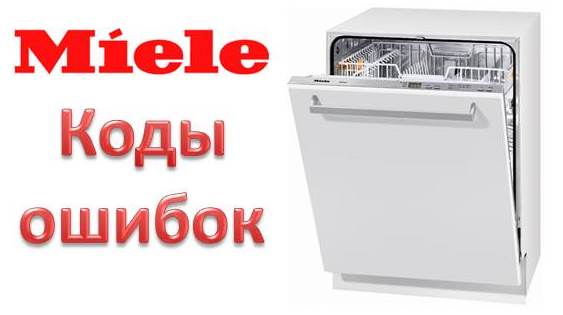

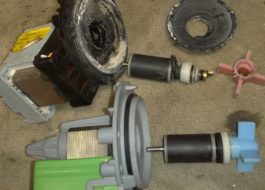

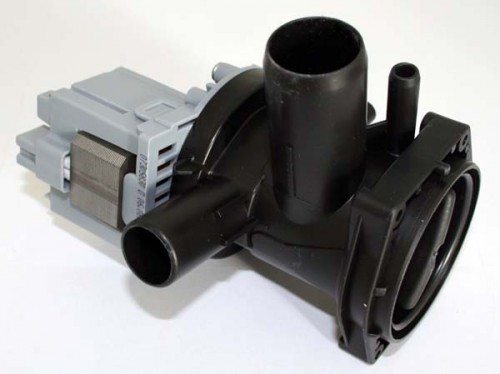










It is easier to disconnect the terminals from the pump and apply voltage.
What is the voltage on the pump?
220 volt
The pump rotates, but does not push out water.
What if, on the contrary, the pump does not turn off? What could it be?
“We set up the multimeter to check the voltage...” correct it for resistance.
My multimeter shows tenths, hundredths and thousandths of units of measurement. And when I see the three-digit value 00,xxx I should be happy. Hooray! The pump has no resistance!
I have 268 ohms.
Normal resistance is 160-260 Ohm +-5%.
Agree. I have 216 Ohm, it turned out to be a working pump. To check, connect ~220 V.
What voltage can there be on a pump that has been removed and disconnected from power!? Resistance!!
Thank you! In accessible Russian language, without clumsy show-offs.
I removed the pump and didn't look at which wire went to which terminal. Is there polarity on the pump?
There is no polarity!
I have 337 ohms. This is fine?
Why does it show 170 ohms, if according to the formula it should be 1200 ohms?